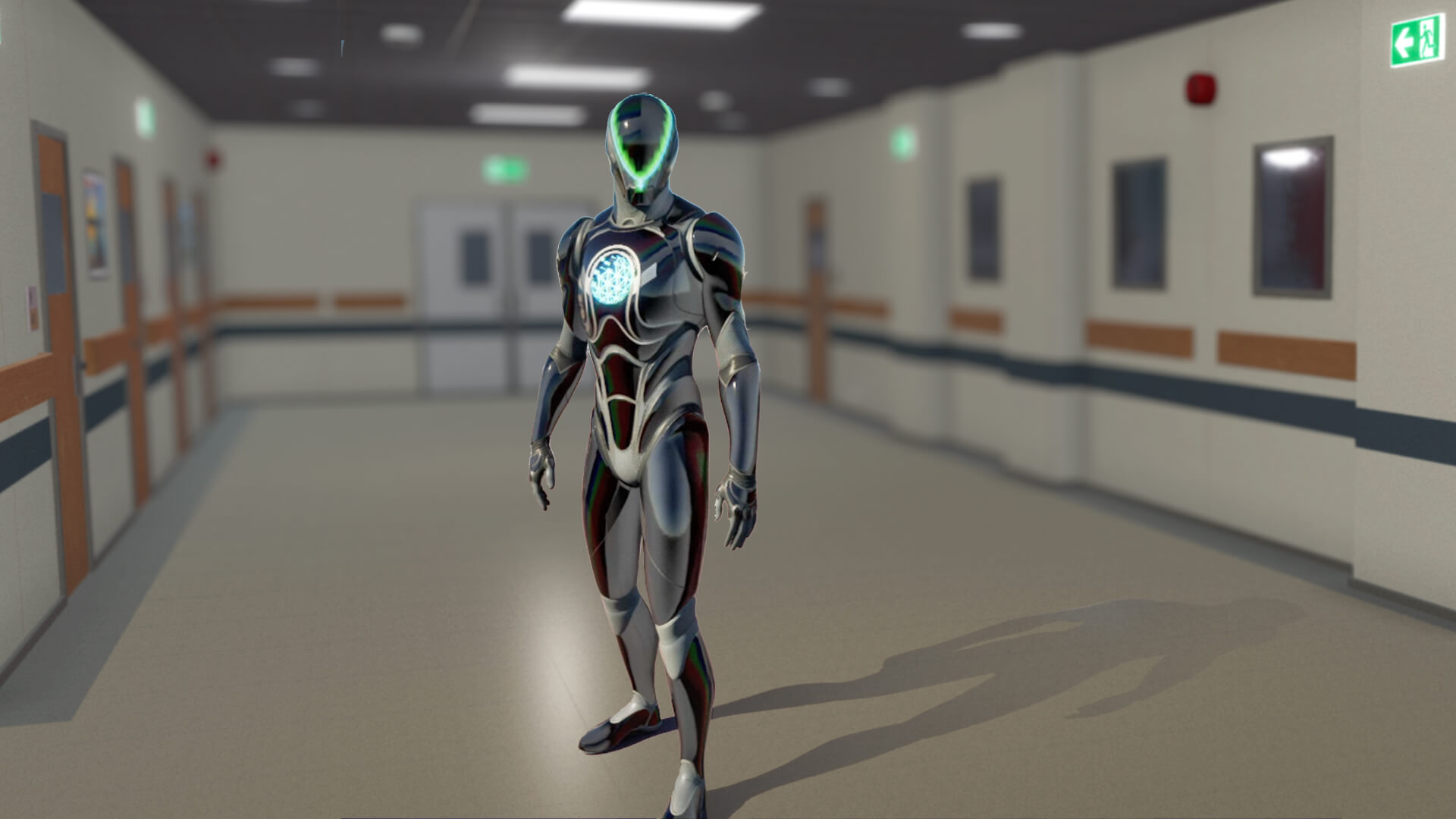
Plan Better. Operate Smarter. Train Safer.
Key Challenges in Healthcare Facilities
Complex Facility Layouts with Limited Real-Time Visibility
Inconsistent or Outdated Documentation
Inefficient Staff Training and Onboarding
Difficulty Locating and Managing Assets
High-Stakes Operations Requiring Safety, Compliance, and Uptime
Operations
Transform daily operations with complete spatial awareness and predictive insights.
Instantly Locate Critical Assets
Find any piece of equipment—from wheelchairs to infusion pumps—in real-time on an interactive 3D map of your facility. Reduce search times and improve asset utilization.
Prevent Downtime with Predictive Maintenance
Visualize maintenance histories, access documentation in-place, and receive predictive alerts for equipment like HVAC, generators, and elevators to prevent costly failures.
Enhance Campus Safety & Security
Monitor restricted areas, plan infection control zones, and review security incidents with full spatial context by integrating camera feeds and access logs directly into the twin.
Simulate High-Stakes Emergencies
Test and refine response protocols for fires, mass casualty events, and security threats in a risk-free virtual environment to ensure your teams are prepared.
Planning & Capital Projects
De-risk renovations and new construction by testing every decision before committing capital.
Validate Designs Before You Build
Simulate space utilization, equipment placement (e.g., MRI machines), and infrastructure routing to identify and resolve clashes in the design phase, not during construction.
Optimize Patient & Staff Flow
Model the journey of patients, staff, and equipment through your facility to identify and eliminate bottlenecks, reducing wait times and improving efficiency.
Accelerate Fundraising & Approvals
Provide donors, board members, and regulators with immersive, photorealistic walkthroughs of planned facilities to build support and accelerate capital campaigns.
Training
Create expert teams who know your facility inside and out from day one.
Accelerate Onboarding & Orientation
Allow new employees and contractors to explore the campus, learn floorplans, and find key locations virtually, reducing orientation time and improving retention.
Practice for Real-World Scenarios
Run gamified training drills for critical events like code calls or equipment failures. Reinforce critical spatial knowledge for nurses, engineers, and security staff under pressure.
Rapid Deployment Across Your Campus
Flexible Hosting: Deploy on-prem, at the edge, or in the cloud.
Any Device: Access from workstations, tablets, and mobile devices.
Secure & Compliant: Built to support HIPAA and other regulatory needs.
How We Work
01.
BIM to Twin
In this phase, Smart Spatial Team ingests the BIM Model (REVIT, IFC etc.) of a site and/or equipment, and creates a digital replica of the asset with high fidelity 3D materials.
The asset is placed in a digital world accessible across desktop, mobile and VR with fully interactive navigation such as Fly mode, Walk mode, and one-click navigation to any pre-set views.
Benefits:
The Model is immediately accessible to Sales and Marketing staff to facilitate Virtual Tours, enable true-to life demos, and produce still and video collateral for campaigns. The interactive model can be showcased at trade-shows and events. The model is also useful to the Operations team in reducing on-site vendor visits by facilitating a digital site walk-through, and remote collaboration.
02.
Data Ingestion
In this phase, we identify and integrate the key telemetry and operational systems into the twin environment. Systems can include: BMS, EMS, CMMS, DCIM, FDD/Analytics, Access Control etc.
Benefits:
A synchronized digital twin with data driven geometry enhances operational activities and provides a single source of truth/single pane of glass for multiple operational systems.
The instant availability and multi-device accessibility enables operational excellence on site and in remote (NOC) setting.
The Spatial awareness improves new employee training and ongoing equipment maintenance.
03.
Use Case Applications
In this phase, the team is free to choose various use cases to implement in the virtual environment to extend its usefulness across various business functions. Use cases may include:
Expanding the model to extreme equipment detail down to the nuts and bolts, drastically improving maintenance efficiency.
Adding Flow & Fluid physics enables the model to show air, liquid, and power flows.
Adding custom Training scenarios and walk-throughs.
Adding Simulation to show what-if scenarios, with a “DVR” type capability to go back and forward in time.
Adding 1-click custom views such as show all cable trays, show networking, show all firebreak walls, etc.
Benefits:
With the fundamentals done: (Model and Data), the environment can be infinitely and rapidly enhanced to tackle very specific and unique use cases with minimal effort.




